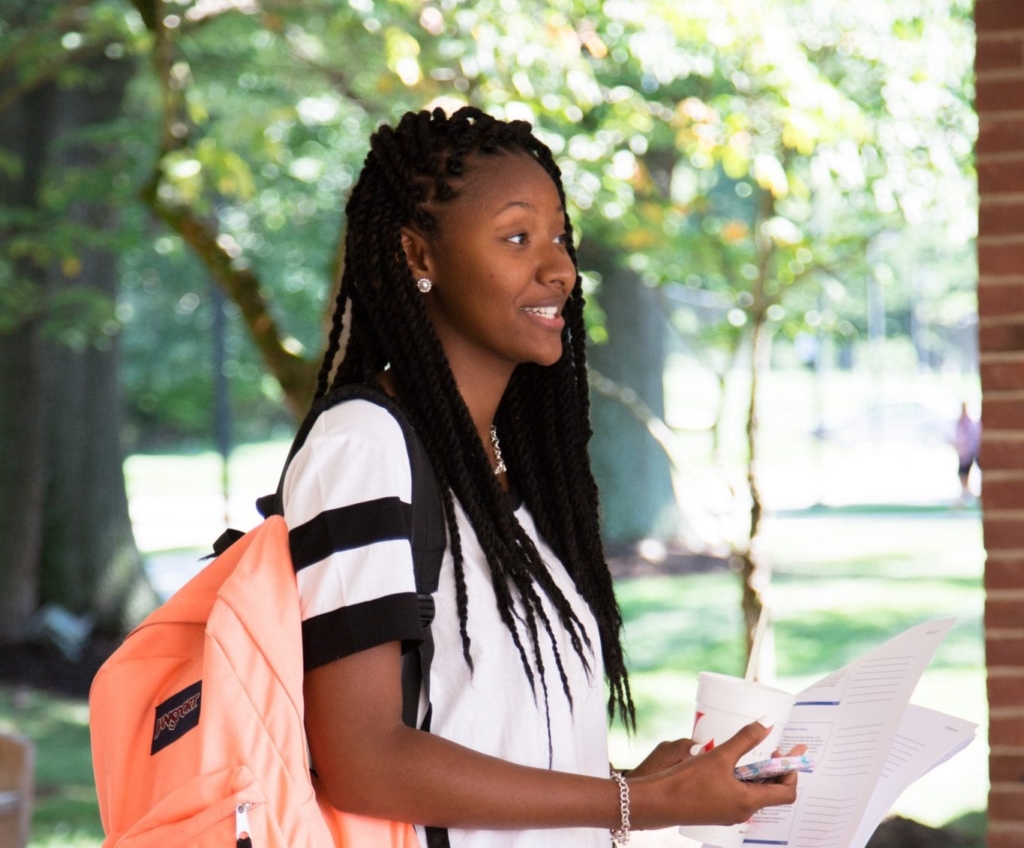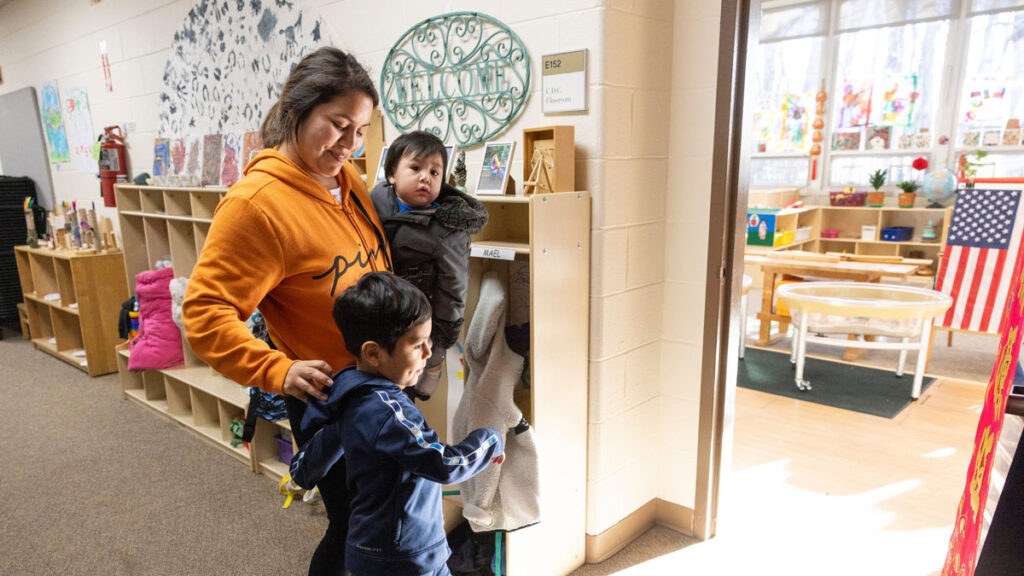High school seniors are starting to get their acceptance letters, their financial offerings from colleges across the country, and that’s definitely a cause for celebration. However, amid all these seemingly generous grants and scholarships lies an ugly truth: many students will still struggle to pay for college. Scholarships can help cover some of the full cost of college but they aren’t guaranteed and are rarely enough. For students from low-income backgrounds, the Pell Grant is a critical piece of the financial aid puzzle.
I myself am a current Pell Grant recipient and a recipient of the Posse Foundation scholarship, which covers full tuition. However, despite my tuition being fully covered, the cost of my room and board is almost three times what the maximum Pell Grant covers. So even with massive scholarships, students still struggle with college affordability and some are pushed into taking out loans, which disproportionately affects students of color. To remedy this situation, Congress must increase the Pell Grant substantially.
President Biden’s recent actions have brought attention to college affordability. Just before the New Year, he signed a $1.7 trillion federal spending bill, which will raise the maximum Pell Grant by $500 to $7,395 this year. On March 9, his FY24 budget proposal would increase Pell by $820 up to $8,215. This is a great starting place; however, more needs to be done to make college more affordable.
The main problem is that the Pell Grant has not kept pace with the rising cost of college. During the 1975-76 school year, the aid was enough to cover three-fourths of the average cost of attendance. Today, a Pell Grant covers less than 30% of tuition, fees, and living expenses at four-year public colleges and universities. This is a disincentive for high schoolers. A significant increase would ensure that millions of students will have the opportunity to be the first in their families to attend college and realize their goals.
Ed Trust calls for eventually doubling the Pell Grant. Along with the monetary increase, advocates must encourage school leaders to do a better job at compelling seniors to complete the application so they are eligible to receive it. According to a recent report by the National College Attainment Network (NCAN), 44% of graduates did not complete the FAFSA, which left $3.6 billion on the table.
Gone is the concept that just working hard and getting good grades and earning scholarships is enough. The hard truth is that many students who excel in their studies still struggle to afford college. Federal, state, and institutional leaders need to prioritize college affordability and invest in students — and it starts with increasing federal aid as well as amplifying the student resources that are available to them.
Gabriela Oliveros is a 2023 development intern.







